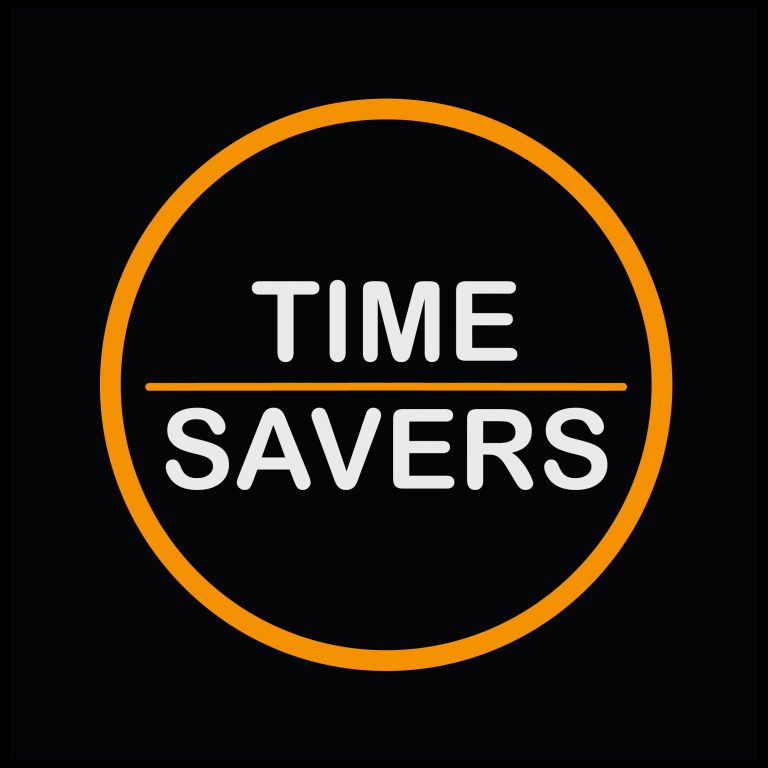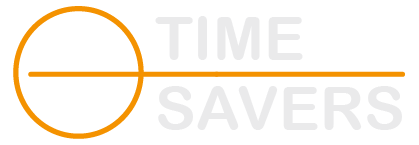Meet Our Heroes
Denise Schmeichler had been running NetKlik for over 25 years. She wasn’t new to business. She wasn’t new to marketing. And she definitely wasn’t new to getting results for her clients.
What made Denise different was her superpower: she understood human psychology at a level most marketers never touch. She knew how people think, how they search, and what makes them say yes. She had built a reputation teaching service-based business owners, coaches, and professionals how to become visible online so they could sell their services without relying on referrals.
Her signature offer, the Accelerator, was a high-ticket coaching program that helped clients create what she called “Smart Content.” This wasn’t just any content. It was content that ranked on Google, went viral on social media, and converted into paying clients. Content that combined psychology, strategy, and visuals in a way that touched nerves and created desire.
Denise had proven her methods worked. She had clients generating over a million dollars in sales while working with her. She had transformed how people thought about growth, mindset, and marketing. And she did it all in two languages, serving both English and Spanish-speaking markets.
But here’s the thing: Denise had never really mastered paid advertising. She’d run Facebook ads before, but they were inconsistent. She stopped running them in December 2021 because they just weren’t delivering the way she knew they could. She was stuck relying on organic reach, referrals, and her own hustle to keep the pipeline full.
She wanted to break through. She wanted her ads to work as hard as she did.
That’s when she came to Digital Time Savers.
Their Goals
Denise’s goals were clear and ambitious:
She wanted to book at least five new high-ticket clients every month for her Accelerator program using Facebook ads.
She wanted to reach her ideal clients: established business owners in the health and wellness space or the real estate and home improvement industries. Women who had built solid businesses through referrals but were now stuck. Women who were tired of being invisible online despite posting regularly. Women who had invested thousands into marketing with no real results and were asking themselves, “How much longer can I keep this up?”
She also wanted to position herself as the bridge between the English and Spanish markets. Her competitors couldn’t serve both. She could. And she wanted her messaging to reflect that unique advantage.
Most importantly, Denise wanted ads that didn’t just generate leads. She wanted ads that attracted the right people. People who were legacy-driven. People with big dreams. People ready to invest in themselves and commit to the work.
The Challenge
Denise had all the pieces of a high-converting offer. She had the testimonials. She had the results. She had the messaging down. But her paid ads weren’t converting.
Here’s what was going wrong:
No Clear Ad Strategy. Denise had only run one type of ad in the past, promoting her offer directly. She hadn’t tested different angles, hooks, or audience segments. She didn’t have a funnel. She didn’t have retargeting. She was essentially throwing one message out into the void and hoping the right people would bite.
Messaging That Didn’t Stop the Scroll. Denise’s messaging was strong when she spoke to people one-on-one or in her content. But her ads didn’t capture that same emotional punch. They didn’t speak to the pain her ideal clients were feeling. They didn’t make people stop, lean in, and think, “This is exactly what I’ve been looking for.”
No Testing Framework. Denise didn’t know what was working and what wasn’t because she wasn’t running enough variations. She wasn’t testing different creative, different copy, different offers, or different audience segments. Without data, she had no way to optimize.
Budget Constraints. Denise was starting with a modest monthly budget. That meant every dollar had to count. Every ad had to perform. There was no room for guessing.
Targeting Challenges. Denise had tried targeting cities with high Spanish-speaking populations like Miami, Los Angeles, and New York. But that approach was too narrow and didn’t account for the bilingual, cross-market positioning she wanted. She was leaving potential clients on the table.
The biggest challenge? Denise had stopped believing that Facebook ads could work for her. She’d tried before. She’d failed before. And now she was skeptical.
Our Process
We knew Denise’s offer was solid. The problem wasn’t what she was selling. It was how she was showing up in the ad space. We needed to rebuild her ad strategy from the ground up, test relentlessly, and make every dollar work.
Phase One: Messaging and Positioning
Before we launched a single ad, we spent time digging into Denise’s ideal client. We didn’t just want demographics. We wanted to understand the emotional state of the women she was trying to reach.
These were business owners who were exhausted. They’d invested thousands into marketing. They’d hired people to run their social media. They were posting consistently. And yet, they were still invisible. They were starting to lose hope. They were asking themselves if online marketing was even worth it anymore.
That pain point became the foundation of our messaging.
We crafted ad copy that spoke directly to that frustration. We highlighted the exact questions Denise’s ideal clients were asking themselves: “Why aren’t people finding me? What am I doing wrong? How do I create demand for my services?”
We positioned Denise not just as a marketing coach, but as someone who understood the deeper psychology behind what makes content work. Someone who could help them recover their investment in three months. Someone who had helped clients generate over a million dollars in sales.
We also leaned into her unique positioning as a bilingual coach who could serve both English and Spanish markets. This wasn’t just a value add. It was a competitive advantage that no one else in her space could replicate.
Phase Two: Audience Strategy and Targeting
We expanded Denise’s targeting beyond just high-population Spanish-speaking cities. Instead, we built custom audiences based on behaviors, interests, and job titles.
We targeted:
- Business coaches and consultants
- Health and wellness professionals
- Real estate agents and home improvement business owners
- People interested in online marketing, business growth, and sales strategies
- Women-owned businesses and entrepreneurs
We also created lookalike audiences based on Denise’s existing clients and email list. These audiences allowed us to reach people who looked and behaved like her best customers, even if they’d never heard of her before.
And we set up retargeting campaigns to stay in front of people who engaged with her content, visited her website, or watched her videos. We weren’t just trying to close cold traffic. We were building a funnel that nurtured people from awareness to decision.
Phase Three: Creative Testing and Ad Launches
We launched multiple ad variations to test what resonated. Different hooks. Different pain points. Different calls to action.
Some ads focused on the frustration of being invisible despite posting constantly. Others highlighted the ROI Denise’s clients were getting. Some spoke directly to the dream of building a legacy business that makes a real impact.
We tested video ads, carousel ads, and single-image ads. We tested short copy versus long-form storytelling. We tested warm, conversational tones versus bold, direct language.
The goal wasn’t to find one perfect ad. It was to find patterns. To see what language made people stop scrolling. To see what visuals made them click. To see what offers made them book a call.
Phase Four: Optimization and Scaling
Once we started seeing traction, we doubled down. We killed the ads that weren’t converting. We scaled the winners. We refined the messaging based on what people were responding to.
We also optimized Denise’s landing pages and call booking process to make sure the experience was seamless. People who clicked on the ad weren’t just landing on a generic page. They were landing on a page that continued the conversation from the ad, spoke to their specific pain points, and made it easy to take the next step.
We monitored cost per lead, cost per call booked, and ultimately, cost per client acquired. We adjusted bids, refreshed creative, and expanded into new audience segments as the data came in.
Every week, we reviewed performance with Denise. We showed her what was working, what wasn’t, and what we were testing next. No guessing. No hoping. Just data-driven decisions.
Results
In the first year of working together, Denise closed more than 10 high-ticket clients directly from Facebook ads.
That represented significant new revenue from a modest starting ad budget.
But the numbers only tell part of the story.
Denise went from being skeptical about Facebook ads to having a reliable, predictable client acquisition system. She wasn’t chasing referrals anymore. She wasn’t wondering where her next client was coming from. She had a funnel that was working.
Her cost per lead dropped significantly as we optimized. Her call booking rate increased. And most importantly, the quality of leads improved. She wasn’t just getting people who were curious. She was attracting dream clients. People who were ready to invest. People who fit her ideal client profile perfectly.
Denise also gained clarity on her messaging. The ad testing process helped her understand what language resonated most with her audience. What pain points hit hardest. What promises made people lean in. That clarity didn’t just improve her ads. It improved her organic content, her emails, and her sales calls.
By the end of year one, Denise had built momentum. She had a system. She had confidence. And she had proof that Facebook ads could absolutely work for high-ticket coaching when done right.






